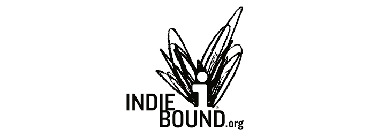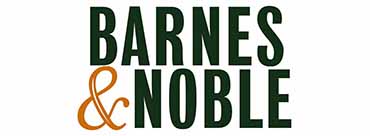A Beginner's Guide To Different Genres and Forms of Writing

A Beginner's Guide To Different Genres and Forms of Writing
The journey or writing and literary knowledge begin from an understanding of the structure in which literature and writing are formed. Writers and readers entering this world of words for the first time need these basics to differentiate and appreciate each form and genre as individual entities part of a complex system.
Forms of writing are quite interchanged with genres or sometimes placed as one. The problem lies in the similarity in meaning and conditions for the categorization of both, which in many cases intertwine. The forms of writing determine the structure of the literary piece and in other words, are quite numerous due to the various structure any writing can actually take.
They include; biography, book reviews, brochures, comic strips, diaries, editorials, essays, eulogies, interviews, journals, monologues, pamphlets, plays, poems, proposals, reports, reviews, among several others. The shape in which writing takes is dependent on the purpose it is intended for. These above-listed articles in their own right have their individual rules and methodology of arrangement under specific headlines, in some cases, and length; in a few. The different fields in which these writings are centralized in are a major determinant in understanding the methodology behind its form. Proposals are a tool commonly used in the business world and have a definite arrangement under which any writing to be identified as proposal must have. Forms are important for identification of the writers' intention and use for such writing.
Literary genre, on the other hand, defines the kind of literature written usually determined by length, content, literary technique or a combination of all. The category by genre can appear to confuse new writers or readers. Genres were initially for the purpose of classifying Greek literature into Prose, Poetry, and Performance. However, in recent times, genres of literature have revolutionized into tragedy, romance, comedy, poetry, non-fiction, short story, fantasy, thriller, suspense, among a few others. The flexibilities behind the rule of classification the possibilities.
The content of a written piece in relation to the time period is the basis for historical books. These books are usually at a time period before the twenty-first century and hence are recognized to depict history either in a real-life or made-up manner. the dramatics around a storyline and the feel of the story gives most of the genres which are adopted by a lot of writers today. The categories of thriller, suspense, fantasy, epic, romance, to mention a few. The writing styles of prose, Poetry, comedy, and performance is the influence behind its categorization.
Forms and Genres are majorly important to give a writer identity. Knowing what category a book falls into will give readers a margin to preference and facilitate the search for new books. Hence writers are able to publicize their books appropriately. As a new writer, reading several books under a preferred genre of concentration will enable you to get familiar with terms, writing style and length which are commonly used.
Share this article with your friends and family








